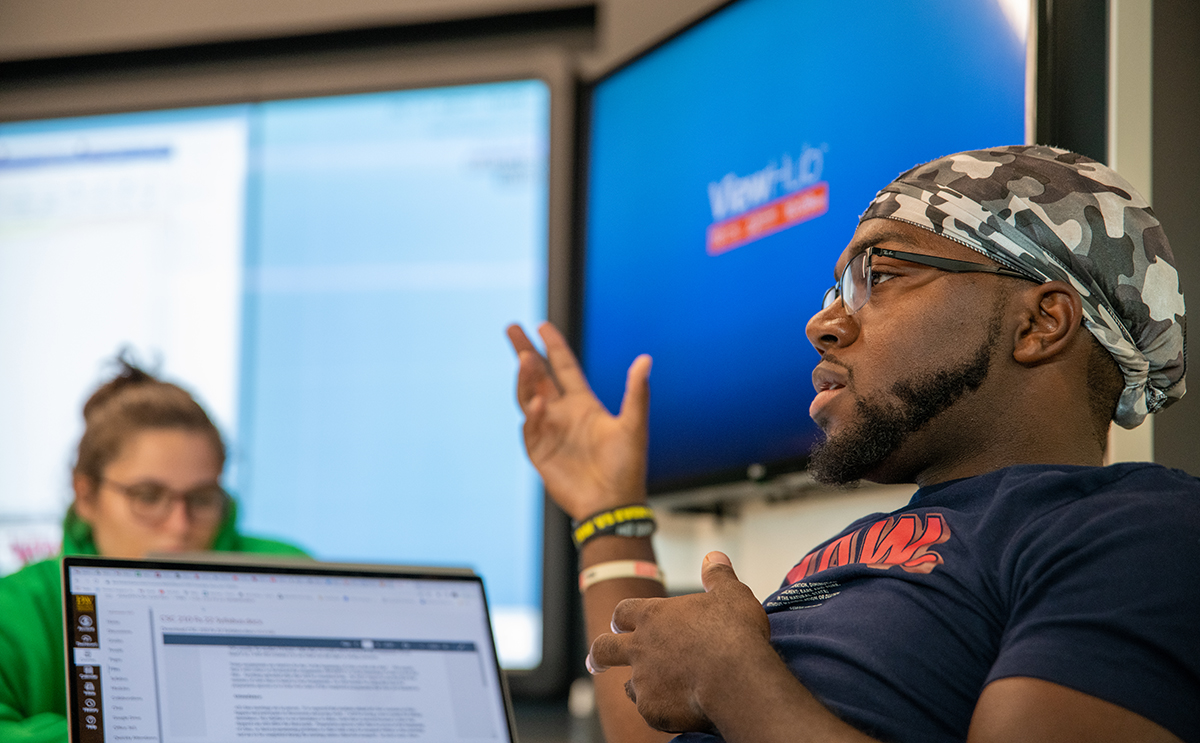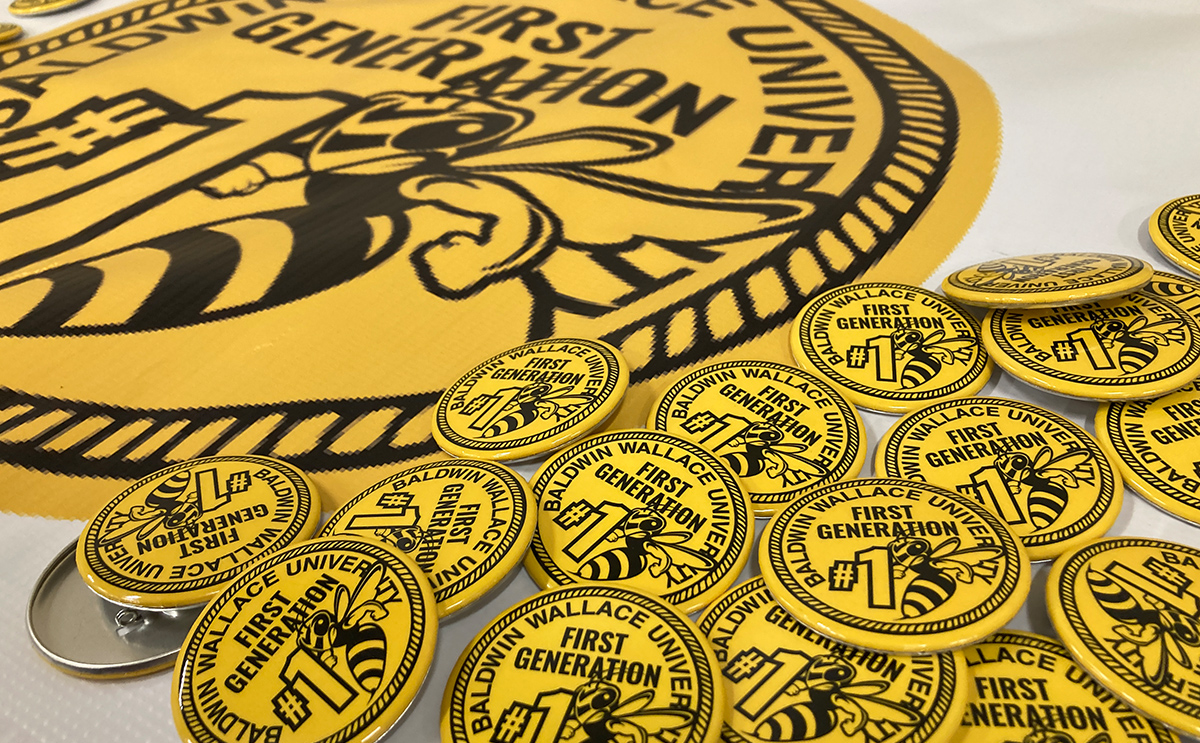Baldwin Wallace students score gold medal jump in 2020 voting rate
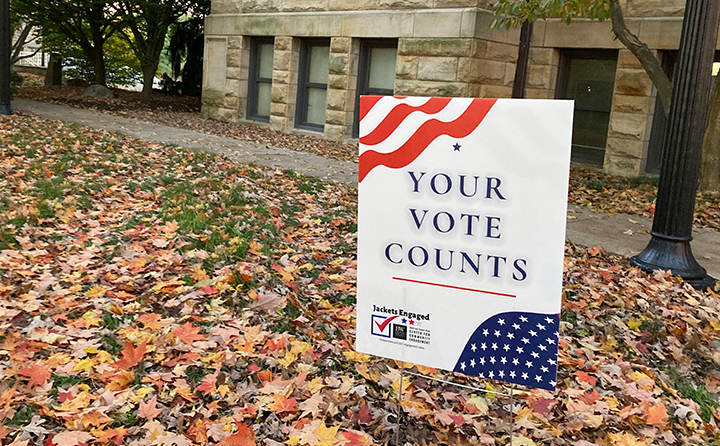 A
newly
released
report
shows
voting
by
Baldwin
Wallace
University
students
increased
significantly
in
last
year's
presidential
election,
rising
to
a
whopping
72%
in
2020
from
a
rate
of
60%
in
2016.
A
newly
released
report
shows
voting
by
Baldwin
Wallace
University
students
increased
significantly
in
last
year's
presidential
election,
rising
to
a
whopping
72%
in
2020
from
a
rate
of
60%
in
2016.
The BW results are 6% above the national average for colleges and universities, even as the overall college student voting rate skyrocketed nationwide in 2020.
Concerted voter turnout effort
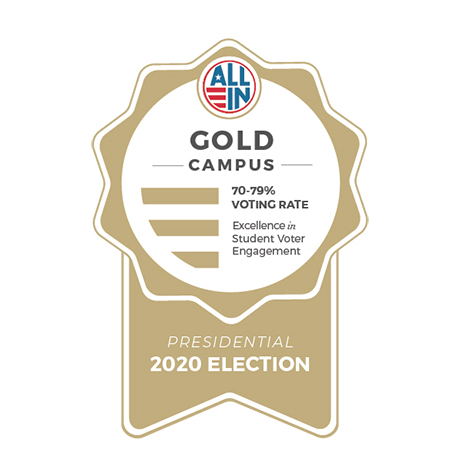 The
BW
increase,
which
earned
a
gold
seal
through
the
All
In
Campus
Democracy
Challenge,
did
not
happen
without
hard
work
by
students
and
faculty
involved
in
student-led
groups
like
Jackets
Engaged.
The
BW
increase,
which
earned
a
gold
seal
through
the
All
In
Campus
Democracy
Challenge,
did
not
happen
without
hard
work
by
students
and
faculty
involved
in
student-led
groups
like
Jackets
Engaged.
"The payoff for the hard work that went into student voter registration, education and turnout is impressive," said Julie Robinson, associate director of BW's David and Frances Brain Center for Community Engagement. "Now, we turn our attention to the midterm elections in 2022. In addition to working to maintain this momentum, our nonpartisan Jackets Engaged team will focus on ensuring that our students have access to accurate information so that they can be educated voters."
Jackets Engaged advisor, Cassidy Wagner, added, "Our team is busily planning for next semester and is excited to offer community conversations and advocacy training in addition to voter registration, issue education and candidate information in the coming months."
Record-breaking U.S. youth vote
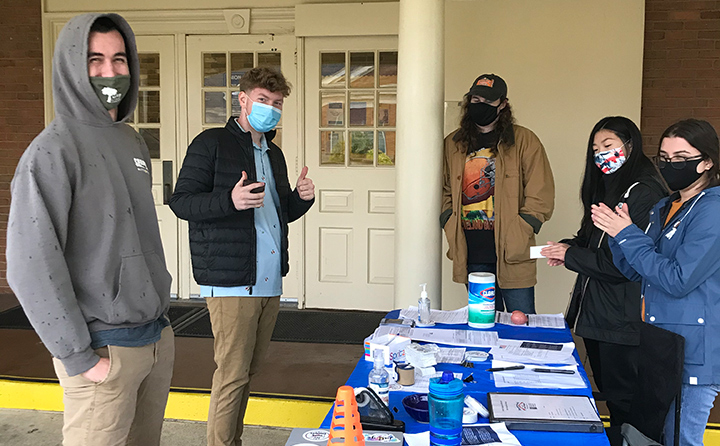 The
national
report
on
2020
student
voting
rates,
with
data
from
colleges
across
the
nation,
comes
from
the
Institute
for
Democracy
&
Higher
Education
(IDHE),
creators
of
the
National
Study
of
Learning,
Voting,
and
Engagement
(NSLVE,
pronounced
n-solve).
IDHE
is
located
at
Tufts
University's
Tisch
College
of
Civic
Life.
The
national
report
on
2020
student
voting
rates,
with
data
from
colleges
across
the
nation,
comes
from
the
Institute
for
Democracy
&
Higher
Education
(IDHE),
creators
of
the
National
Study
of
Learning,
Voting,
and
Engagement
(NSLVE,
pronounced
n-solve).
IDHE
is
located
at
Tufts
University's
Tisch
College
of
Civic
Life.
Nationwide, the study reports student voter turnout jumped to 66% in last year's presidential election. The 14 percentage point increase in turnout from the 2016 election outpaces that of all Americans, which grew six percentage points to 67%, according to the U.S. Census Bureau.
"That students, often younger and first-time voters, turned out at rates commensurate with the general public is nothing short of stunning," said IDHE Director Nancy Thomas.
View BW's full campus NSLVE report for 2020 here.
About IDHE's NSLVE Study
The National Study of Learning, Voting, and Engagement is the nation's largest study of college and university student voting. Nearly 1,200 colleges and universities of all types have opted in to participate. The dataset reflects all 50 states and the District of Columbia and includes 49 of the nation's 50 flagship schools. IDHE uses de-identified student records to ensure student privacy. The 2020 dataset is robust with 8,880,700 voting-eligible students represented.

